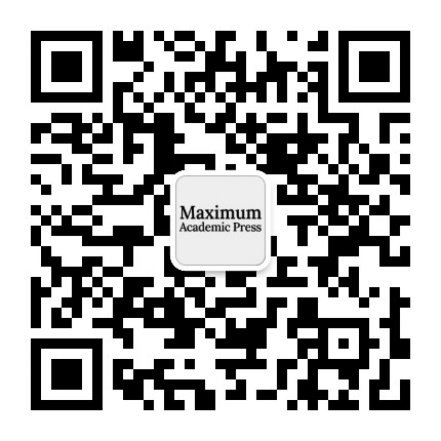Peer Review Policy
All research articles, along with most other article types, published in MAP journals undergo peer review, typically involving at least two independent, expert reviewers.
The submissions undergo a quality check for completeness before being sent to an Editor for evaluation of their suitability for peer review. The editorial board has complete control over the journal's scientific quality control. If the Editor has a conflict of interest, such as being listed as an author or having any other competing interest with the manuscript, another Editorial Board member will be assigned to oversee the peer review process. Editors will take peer-reviewed reports into account when making their decisions but are not obligated to follow the reviewers' opinions or recommendations. Authors will receive the peer review reports along with the editorial decision on their manuscript.
All MAP journals execute a single-blind peer review process. The editors and reviewers know the identities of the authors, but the authors do not know the identities of the editors and reviewers to ensure an independent review process.
In order to verify the originality of content submitted before publication, MAP runs all manuscripts through iThenticate during the peer review process. A manuscript with more than 15% of similarity index (without reference) will be unaccepted even though the similarity index might be from authors' previous work (self-plagiarism).
Reviewing Procedure
The following describes the first round of reviewing process for all manuscripts submitted to all MAP journals.
When a manuscript is submitted to a MAP journal,
1. It first goes through a quality check (QC) by the editorial office. [timeline: 1 day]
This will ensure all necessary information is included in the submission and prevent plagiarism (include unintentional plagiarism and self-plagiarism) by iThenticate from any published materials prior to sending to a scientific editor for evaluation.
2. The editor(s)-in-chief assign each paper to an associate editor, taking expertise and load-balancing issues into account. [timeline: 1 day]
The QC-passed manuscripts will be sent to the editor-in-chief for scientific merit or fitness. The manuscript may be rejected because of low quality, unfit for scope, sent back for major revision, or be assigned to an appropriate associate editor for further evaluation.
3. The handling editor makes the recommendation and pick at least two reviewers for the paper. [timeline: 3-4 days]
The handling editor selects reviewers based on expertise, publication history, and past reviews, and invites them to provide feedback on the manuscript.
4. There is a 2-week deadline for reviewing of the paper. This is expected to be a strict deadline. [timeline: 3 days]
After the external reviewers submit their review reports, the associate editor will make the recommendation based on the reviewers' and his/her own assessment to the editor-in-chief; the editor-in-chief will then make a decision. The associate editor makes 1 of 5 recommendations for the paper: (a) Acceptance. (b) Acceptance for publication as is, with encouragement to make minor revisions within 14 days. (c) Major revisions within 1 month. (d) Rejection with encouragement to revise and resubmit within 6 months. (e) Rejection with no possibility.
5. Following that, the editor-in-chief will make the final decision and the editorial office will send the decision letter to the corresponding authors and all co-authors.
This completes the first-round review.
6. Resubmission under different options.
A manuscript with “major revision” will be re-reviewed by the original reviewers after a revised version, along with a detailed rebuttal letter, are submitted. In this case second round reviews again have a 2-week deadline. Failure to address the comments and suggestions thoroughly may result in an immediate rejection but multiple rounds of review may be conducted if the revised manuscript engenders new ambiguities and controversies, depending on the editors' judgement. A manuscript with “minor revision” can be assessed by the associate editor without the requirement to send out for additional review. The final decision on every manuscript is made by the editor-in-chief of the respective journal. A manuscript with “Rejection with encouragement to revise and resubmit” may or may not be reviewed by the same reviewers or associate editor.
The review process for papers in special issues follows the same protocol as for regular papers.
We unfortunately cannot guarantee that the timeline guidance given in the items above will be met for every submission.
Appeal Process
Appeals will be considered on a case by case basis and must be submitted in writing to the journal's editorial office. Appeals on the basis on novelty or scope are not likely to be granted.



